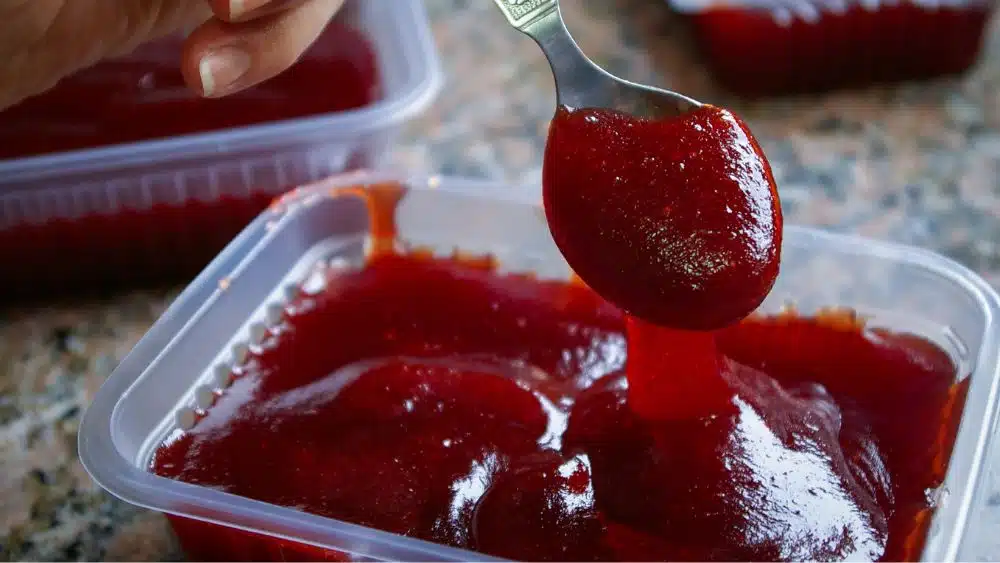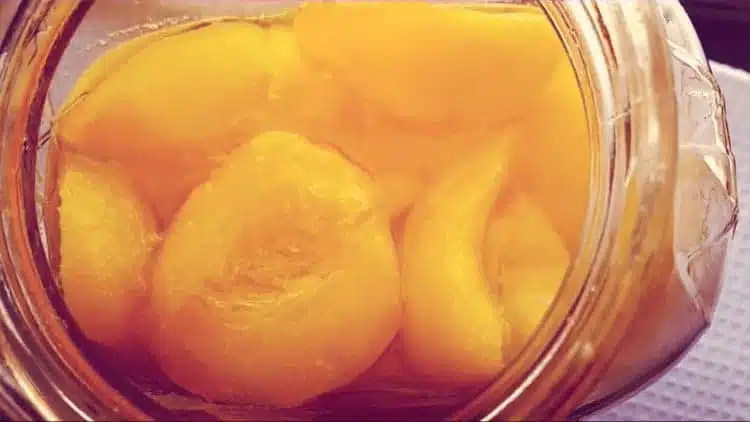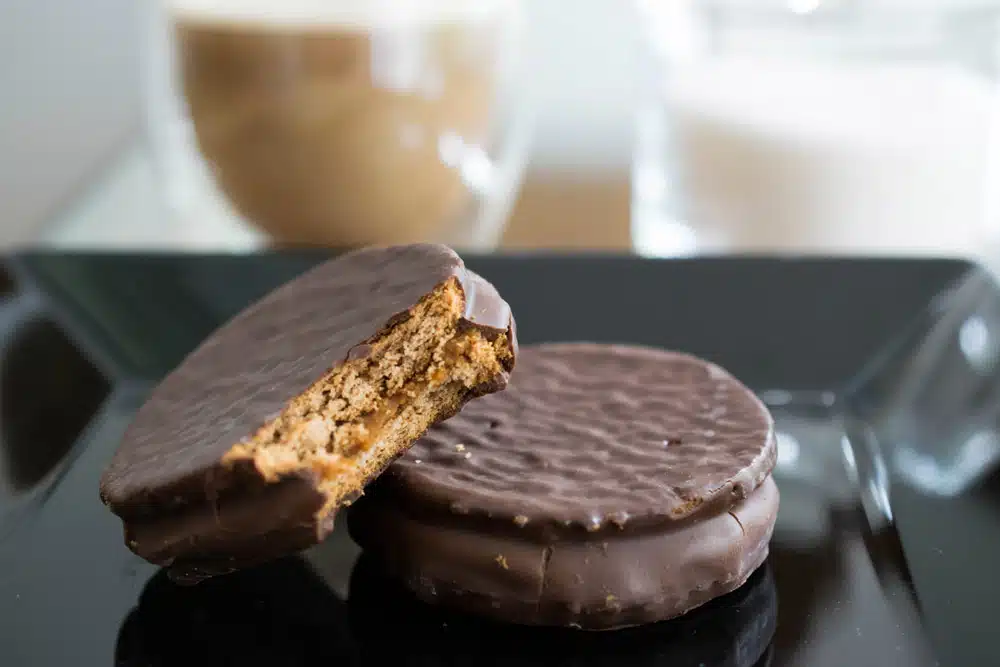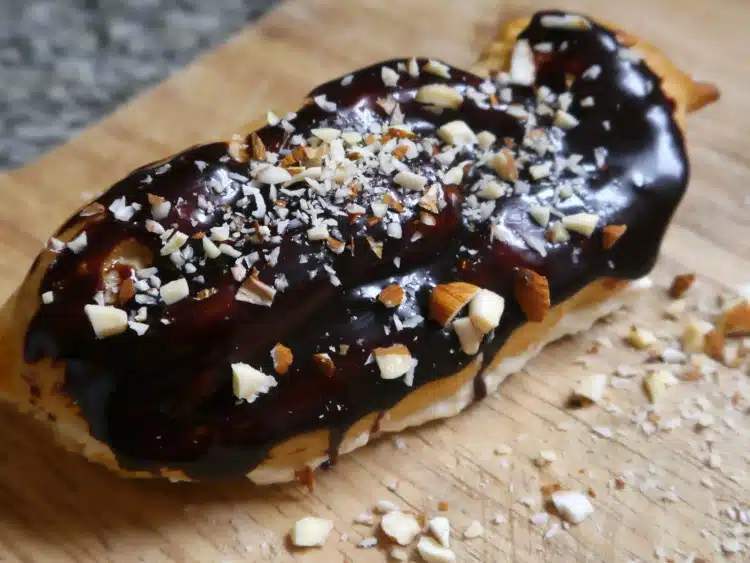Hello, Paulina Cocina's sweet tooth! We're a bunch of us, and we all recognize each other. And if you're on team quince in the eternal quince paste or sweet potato fight, you've come to the right place. The fruit is also worth getting to know because it's been cultivated for thousands of years and has been prized for both its flavor and its medicinal properties.
But we're not just going to talk and tell you a lot of things about this fruit as an ingredient, we also have a lot of information and a great recipe for homemade quince jelly .
Content table
About the quince
What is it and what is it for?
The quince is a fruit native to southwest Asia, belonging to the Rosaceae family, along with apples and pears. Its scientific name is Cydonia oblonga . This fruit is known for its pear-like shape, golden yellow or light green skin, and sweet and sour flavor.
It is a fruit that is not usually eaten raw due to its texture and bitter taste. The flavor is unique and difficult to describe. When eaten raw, its flesh is very tough and astringent, making it unpleasant to the palate. However, once cooked and sweetened, it transforms into an exquisite sweet with a bittersweet flavor reminiscent of a blend of apple, pear, and citrus . It is widely used to prepare jams, jellies, compotes, and sweets due to its high pectin content, which helps thicken and gel preparations.
It's also used to make quince paste , a very popular sweet in some cultures. The sweet has a firm texture and a distinctive, aromatic flavor, highly appreciated in various culinary preparations.
6 curiosities
- Ancient origin : It is one of the oldest fruits known to mankind. Its cultivation is believed to date back more than 4,000 years in the Caucasus and Mesopotamia regions of Western Asia.
- Historical medicinal use : In ancient times, it was used for medicinal purposes. Its astringent properties were believed to help treat stomach problems, diarrhea, and other gastrointestinal disorders.
- Symbol of love and marriage : In some cultures, it has been considered a symbol of love and happiness in marriage. In ancient Greece, this fruit was given to the bride before the wedding as a symbol of love and fertility.
- Source of inspiration for poetry : It has been mentioned in various works of poetry throughout history. In Homer's epic poem "The Odyssey," Penelope, Odysseus's wife, is described as weaving a tapestry with the image of a quince to express her loyalty and love.
- Spread in Europe : The Romans played an important role in the spread of this fruit in Europe. They introduced it to different regions and cultivated it widely in their colonies.
- Ornamental plant : In addition to its value as an edible fruit, this fruit tree is also valued as an ornamental plant due to its beautiful pink flowers and attractive foliage.
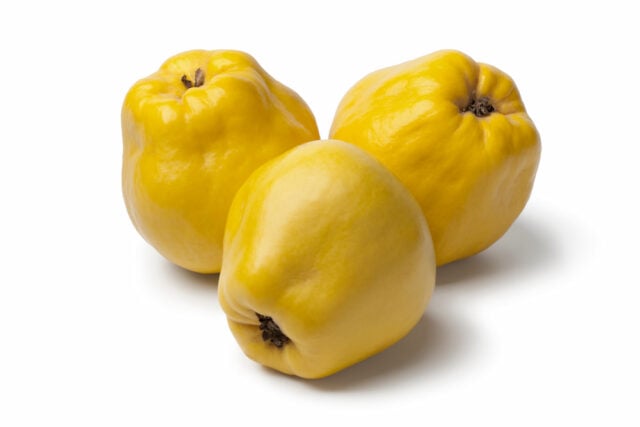
The quince and its different names
In Mexico, this fruit is known as "membrillo," similar to its Spanish name. In El Salvador, however, it is known as "dulce de alcayote" or simply "alcayote ." Although it is also called "membrillo" in some parts of El Salvador, the term "alcayote" is more common to refer to this fruit.
It's also known as "dulce de alcayota," "ate de membrillo," or simply "ate" in some Latin American countries. In English, it's called "quince," and the resulting paste is called "quince paste" or "quince cheese .
Facts about quince paste
To make low-sugar quince jelly , you can reduce the amount of sugar in the standard recipe or choose to sweeten it with natural sweeteners, such as agave syrup or coconut nectar, which are healthier options. You can also use whole cane sugar or panela, which are less refined than white sugar.
Note: If you want a firmer paste , you can extend the cooking time after blending the pulp. By cooking the paste over low heat for longer, more moisture will be removed and the paste will have a firmer texture.
It's a very popular sweet in many cultures and is consumed in a variety of ways. It can be enjoyed alone as a sweet or dessert, cut into pieces, or accompanied by cheese. It's also a common ingredient in quince pastries , homemade pasta frola , empanadas, and other pastry recipes.
Quince flesh refers to the pulp and edible part of the quince after it has been peeled and cooked. It is a fundamental component in the preparation of the sweet, as it is the raw material that is transformed into the sweet paste.
The term “setting” in relation to quince can refer to two things:
- Setting the quince paste: To ensure the paste sets properly, cook it over low heat and ensure there is enough pectin, as this helps thicken and gel the paste. You can also add lemon juice, which contains citric acid and acts as a natural gelling agent.
- Quince fruit set on trees: In some contexts, "setting" can also refer to the process by which the quince begins to form on the tree and develops into a fruit. This process depends on factors such as climate, pollination, and the health of the tree.
This sweet treat has a long shelf life due to its high sugar content , which acts as a natural preservative. It can be stored in airtight containers in a cool, dry place to maintain its quality for a long time.
I'll say goodbye until next time and leave you with the recipe! Bye
Follow on Instagram ( here )
and on YouTube that I upload new videos every week ( click here )
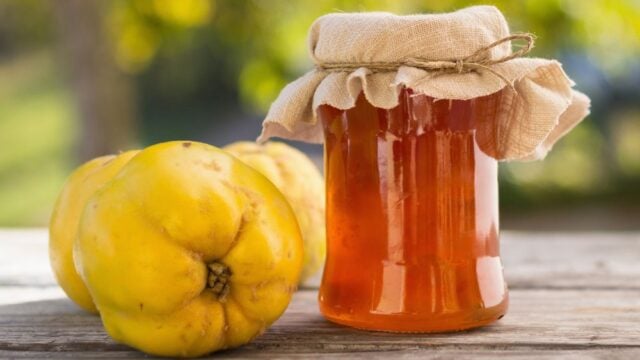
Homemade quince jam recipe
Yields : 800 gr of sweet
Preparation time : 2 hours 25 minutes
Ingredients
- 1 kg of quinces (approximately 3-4 large quinces)
- 600-800 grams of sugar (you can adjust the amount according to your sweetness preference)
- Water
How to make homemade quince jelly
- Wash and peel the fruits thoroughly. The skin can be quite tough, so be careful when peeling them. Cut them into small pieces, removing the seeds and hard center.
- Place the pieces in a large pot, cover with water, and bring to a boil. Then cook over medium heat for 30-40 minutes. Once tender, drain and set aside.
- In another pot, place the cooked pieces and add the sugar. Cook over medium heat, stirring constantly to prevent them from sticking to the bottom of the pot, for about 30-40 minutes, or until the mixture thickens and turns golden brown.
- Remove and blend with a hand blender or a regular blender until you have a smooth, even paste. Return to the pot and cook over low heat for 10-15 minutes to thicken further.
- Pour the mixture into a mold or tray to cool and set. Once completely cool and firm, cut and store in an airtight container.
